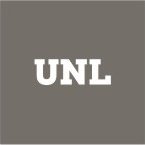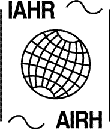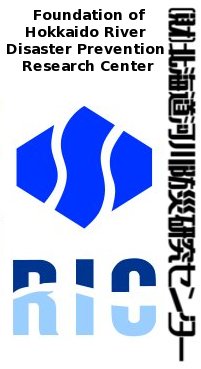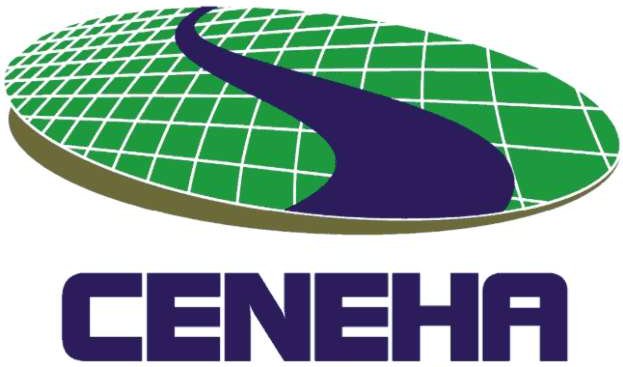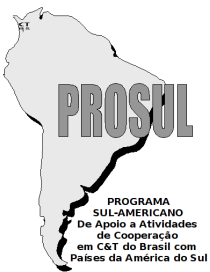About Santa Fe
History: The Spaniard Conqueror Juan de Garay founded the city of Santa Fe, Argentina, on the margin of the Paraná River in 1573, a place nowadays known as Cayastá. By 1653 the city was moved 78 Km to the south to its current location, right at the Salado River mouth, a tributary of the Paraná River, in favor of higher lands and better refuge from the hostile Native American tribes of the region. The city is now about 500 Km north from Buenos Aires, at 31° 34' of south Latitude and 60° 42' west longitude, oriented from south to north on the wedge formed by the confluence of the Salado River on the west and the alluvial system of the Paraná River on the east. The area could also being referred as the Twin Cities for its neighbor, Paraná city, located on the east side of the Paraná River. Paraná city is linked to Santa Fe by the Hernandarias underwater tunnel. The tunnel was named after the first American-born governor in South America. The city became state capital in 1814, when the territory of the province of Santa Fe was separated from the province of Buenos Aires by the National Constituent Assembly. Nowadays, the city has a population close to 383,000 inhabitants, or to half million if its suburban area is included.
Climate: Winters are dry and cold to mildly cold, with rather occasional below-freezing temperatures.
Summers are very hot and sometimes humid but enjoyable for aquatic sports lovers. Autumn
is usually the best season to visit Santa Fe, with sunny days and mild temperatures. Springs are
also mild with occasional rain, with a mean temperature of about 18 °C, and characterized by
the blossom of the "Lapacho Rosado" tree in late August followed by the "Jacarandá" tree in early November.
Maximum and minimum mean temperatures in September are 23 °C and 13 °C, respectively.
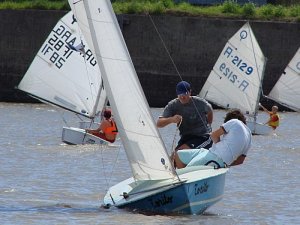
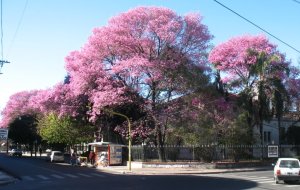
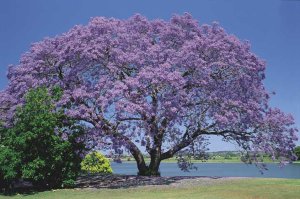 From left to right: Aquatic sports in the Setubal Lake; Lapacho Rosado blossom in late August; Jacaranda blossom in early November
From left to right: Aquatic sports in the Setubal Lake; Lapacho Rosado blossom in late August; Jacaranda blossom in early November
Things to Do: A tour to the Old Santa Fe Archaeological Park ("Santa Fe La Vieja"), containing the remnants
of the original city founded in 1573, is an enjoyable sightseeing experience. Touring to the neighboring town
of San Carlos to see glassblowing artisans or ancient bell making techniques brought by Italian and German-Swiss immigrants
at the end of XIX century is another exciting experience. The city of Santa Fe itself offers diverse attractions,
from a brand new Casino, concerts, cinemas, museums, zoo, to different locations by the river for bird-watching and fishing.
Santa Fe has an intense commercial activity, a busy cultural life characterized by numerous artistic and musical events, and an exciting
nightlife (for the youth starting at vampirest hours, usually around 2:00 AM). It is home to two popular
sports competitions of international level. One weekend of February and one weekend of May Santa Fe
hosts the 57 Km long open water swimming competition Santa Fe-Coronda, and the only car racing
laid out on city streets of the country, TC200 (Tourism Competition 2000), respectively.
For those jazz lovers, the 1st week of every August Santa Fe city is home of "Trombonanza" (*), which is considered by
many as one of the leading seminars in trombones around the world. Every Sunday an Artisans' Fair can be enjoyed at Pueyrredón Square,
whereas antiques can be spot in a small flee market gathered by the Setubal Lake.
The east and west promenade located by the Setubal Lake, starting both by the Hanging Bridge,
and around the South Park ("Parque del Sur") behind the historical district, are popular places for walking and running.
(*) Article courtesy of the ITA Journal. Copyright: International Trombone Association - www.trombone.net
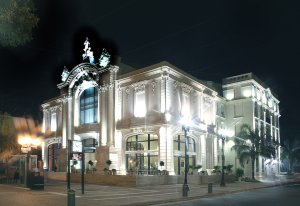

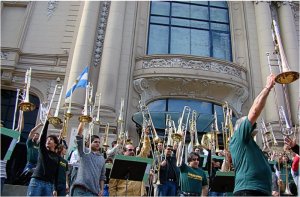
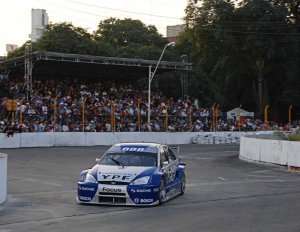
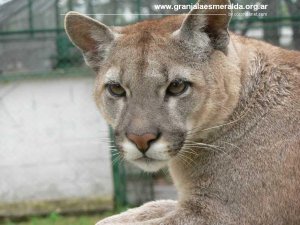
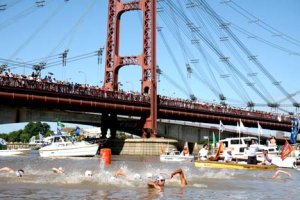
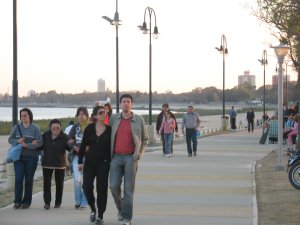
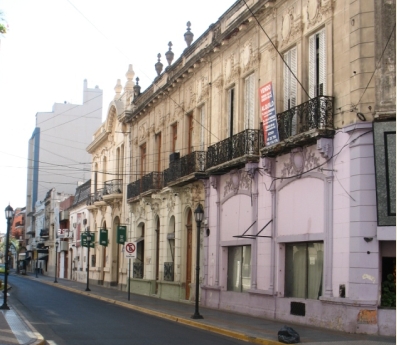
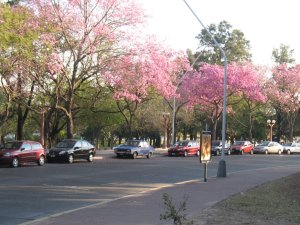 From top to bottom and from left to right: The Santa Fe Opera House ("Teatro Municipal"); the ATE-Casa España cultural complex;
Trombonanza 2008 (video); car racing TC2000 in city streets; a puma in the local zoo "Granja La Esmeralda";
the start of the international open water swimming competition Santa Fe-Coronda underneath the Hanging Bridge;
the west promenade by the Setubal Lake; south San Martín Street nearby the historical district; view of the Parque del Sur.
From top to bottom and from left to right: The Santa Fe Opera House ("Teatro Municipal"); the ATE-Casa España cultural complex;
Trombonanza 2008 (video); car racing TC2000 in city streets; a puma in the local zoo "Granja La Esmeralda";
the start of the international open water swimming competition Santa Fe-Coronda underneath the Hanging Bridge;
the west promenade by the Setubal Lake; south San Martín Street nearby the historical district; view of the Parque del Sur.
Historical District: The district is centered in the "25 de Mayo" Square, which is surrounded by the Merced church, the Jesuit
School, the Government Palace, the Executive Office Building, the State Court House, and the Metropolitan Cathedral. Built with adobe,
the Merced church, the San Francisco convent, and the State History Museum represent fine architectural examples of the early Spanish time.
The Merced church, built between the years 1697-1700, is next to the Jesuit School. On the opposite side of the School, across the street,
the tourist may visit the State History Museum.
The house of the State History Museum is, together with the Aldao House ("La Casa de los Aldao"),
one of the few remaining examples of domestic architecture from Spaniard times in the country.
Behind the State History Museum is the San Francisco Convent, built by the Franciscan Friars
between the years 1673-1688. The thick-walled adobe convent is acclaimed as one of the finest example of mission
architecture within Argentina. Its carved wooden roof is a marvelous accomplishment of native-American
artisans. Once inside, the visitor can also have a glance at the epitaph of Juan Manuel de Rosas dedicated
to Brigadier Estanislao López (1786-1838), a local soldier and politician that defeated repeatedly the
Buenos Aires army during the turmoil period reigning the country after its independence from Spain.
Close to the San Francisco convent lies the Ethnographic Museum storing a collection of pottery and other findings
uncovered at the original site of Old Santa Fe. A few blocks from the Executive Office Building, going west
between the State Court House and the Archdioceses, is the Santa Fe State Legislature. Across the street from
the State Legislature, the visitor may find the Rosa Galisteo Museum of Contemporary Art, whose
paintings collection of Argentinean artists is one of the most important of the country.
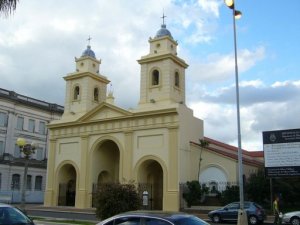
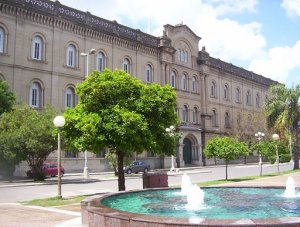
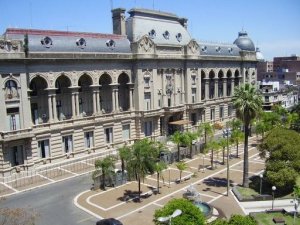



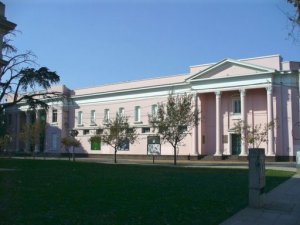
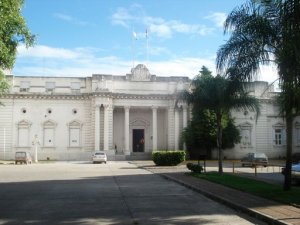
 From top to bottom and from left to right: the Metropolitan Cathedral; the Jesuit School; the Executive Office Building;
the Ethnographic Museum; the San Francisco Convent; the State History Museum; the Museum of Contemporary Art ("El Rosa"),
the Santa Fe State Legislature, and the Aldao's House.(see more pictures)
From top to bottom and from left to right: the Metropolitan Cathedral; the Jesuit School; the Executive Office Building;
the Ethnographic Museum; the San Francisco Convent; the State History Museum; the Museum of Contemporary Art ("El Rosa"),
the Santa Fe State Legislature, and the Aldao's House.(see more pictures)


